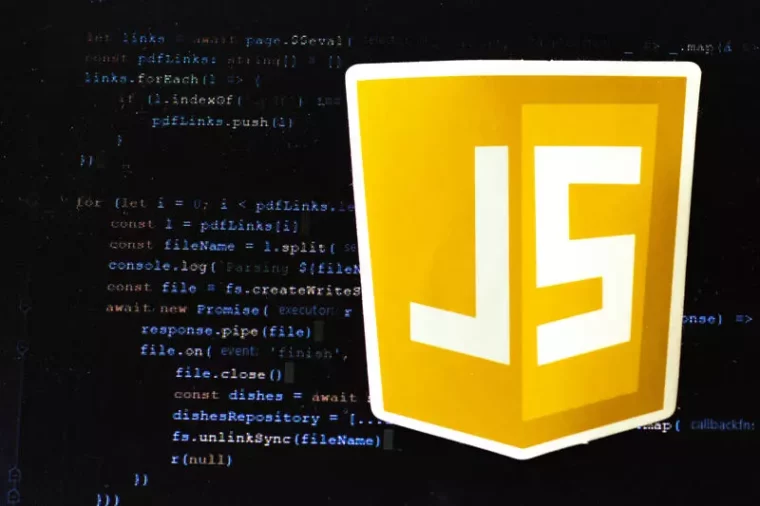Reducers act like occasion listeners, and when they hear an action they’re excited about, they update the state in response. Every Time we dispatch an motion with a certain type, we need to verify to have acceptable reducers to deal with that motion. Regardless Of being easy to implement, thunks could result in complex, nested motion creators, making testing more difficult. Let’s transfer on to some advanced Redux middleware solutions that may deal with more advanced async flow.
The Array.reduce() method lets you take an array of values, course of every item in the array separately, and return a single final result. An action object can have other fields with extra details about what happened. By conference, we put that data in a area known as payload. Redux is a state administration library that helps you manage the state of your utility in a predictable way. It was created by Dan Abramov and Andrew Clark and is impressed by the Flux structure. In the above instance, on clicking the button, we had dispatched an motion with an motion creator called addItemToCart().

An Introduction To State Management And Redux
React ships with all of the options you need to deal with your state and not using a single extra library. Most of your utility’s states should not be international as they stay simply nice in a useState or useReducer or customized hook subsequent to your elements. If a higher-level component is provided with a dozen props and uses solely two of them, and the remaining are passed right down to a lower-level part, then think about refactoring with Redux. This state of affairs happens a lot with wrapper components that simply provide format styles, however don’t require plenty of knowledge or configuration.

In the following section, we will dive deep into the core concepts of Redux – the store, actions and reducers. Whenever a user provides an merchandise to the cart, the appliance has to internally handle that motion by adding that merchandise to the cart object. It has to maintain its state internally and in addition present the user the entire variety of objects in the cart within the UI.
Using Redux With React
The massive modifications Abramov made in Redux was that he only used a single store and eliminated the dispatcher. We’ve written earlier than on this blog about why we expect JavaScript is (still) the language of the long run despite being around for more than 25 years. One of the key causes is the huge group of developers that help it, creating a rich ecosystem that is regularly expanding and evolving. This means a wealth of tutorials, libraries and frameworks that remedy problems, add performance, and customarily make it simpler for builders to study and use the language.
Core Ideas Of Redux
- The second half is a payload of knowledge that incorporates the actual knowledge, such because the username ‘“sara”.
- In the above example, on clicking the button, we had dispatched an motion with an action creator called addItemToCart().
- Each Time we dispatch an action with a sure sort, we want to make sure to have applicable reducers to handle that motion.
- It permits you to keep a predictable state container on your JavaScript apps.
It’s evident now that state management will get messy because the app will get more complicated and calls for a state administration tool like Redux to simplify state maintainability. Redux works significantly properly with the systems incorporating this design pattern the place we can not instantly modify the state. Instead, we dispatch actions that intend to alter the state, and then separately, we observe the ensuing state modifications. If a mannequin can replace one other model, then a view can update a mannequin, which updates another model, and this, in flip, may trigger another view to replace. At some point, you now not perceive what happens in your app as you could have misplaced control over the when, why, and how of its state.
Redux Actions

Rather a reducer produces a new occasion of the state with all the necessary updates. Being a state management library, Redux will mainly store and handle all the application’s states. Equally, eradicating an item from the cart should decrease the variety of objects in the cart internally. It should take away the merchandise from the cart object and also display the up to date whole number of gadgets within the cart within the UI.
In Redux, the state is all the time predictable due to immutability. If the same state and motion are handed to a reducer, they will always produce the identical results as a result of the state is immutable, as reducers are pure features that won’t cause any unwanted effects. With Out Redux, you would wish some other event system or have to instantiate the snackbar part every time it will get used. This is the place state management tools come into play, enabling developers to view, control and synchronize the ‘global state’ of an application throughout all of its elements.
This strategy also reduces complexity and improves scalability which turns into useful especially in case of dealing with large scale purposes. On prime of that, don’t forget that Redux is an in-memory state retailer. Note how within the above example, we dispatch an motion on click of the button. Or quite, to be more specific, we dispatch something often recognized as an action creator – that’s, the operate addItemToCart().
Redux is a predictable state container for JavaScript applications, generally used with libraries like React or Angular for building person interfaces. It supplies a approach to what is redux handle and centralize the state of your application, making it easier to purpose about, debug, and preserve. If you have ever struggled with state administration in your app, Redux could be the answer you need.
When a system is opaque and non-deterministic, it’s exhausting to breed bugs or add new options. The modern React context API is simpler, more efficient than before and comes with hooks assist. In most circumstances, wrapping your software state in a context is all you need to access it anyplace in your app. Too many props are being handed by way of a quantity of hierarchies of parts. Similar piece of software state must be mapped to multiple container components. The new version of Context API is a dependency injection mechanism that allows https://deveducation.com/ passing knowledge through the part tree with out having to pass props down manually at each level.
For example, a part of the app might want to render an Avatar for one more user other than the signed-in person. In that case, you would even go a step further and export the Redux-connected model as CurrentUserAvatar to make the code clearer. Using the join function that comes with Redux, you’ll have the ability to plug any element into Redux’s data retailer, and the element can pull out the information it requires. Intermediate elements in the chain must settle for and move along props that they don’t care about.
At that point in time, Redux helps us clear up this downside by providing a centralized place formally referred to as as “store”, where all the applying data exists. As An Alternative of scattering the data across varied completely different elements of the app, Redux helps us hold it all in one place. Context API offers a special approach to tackling the information flow downside between React’s deeply nested parts. Context has been round with React for quite a while, nevertheless it has changed considerably since its inception.



















